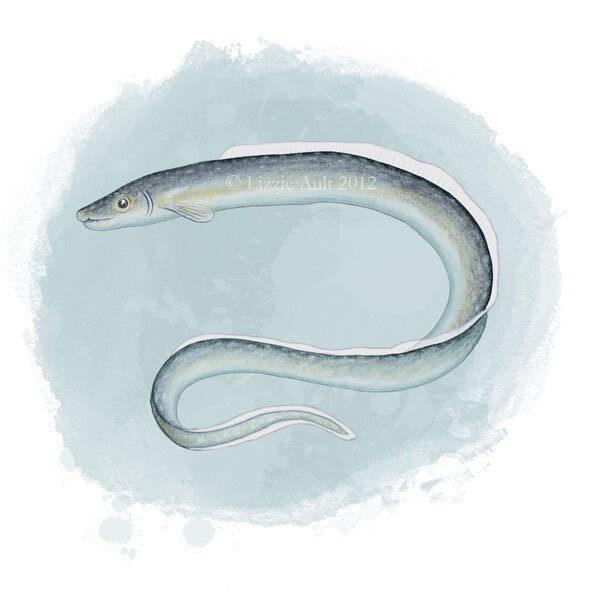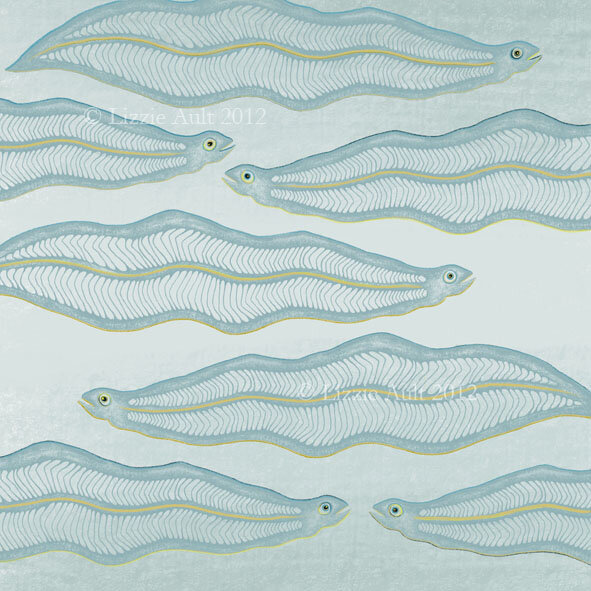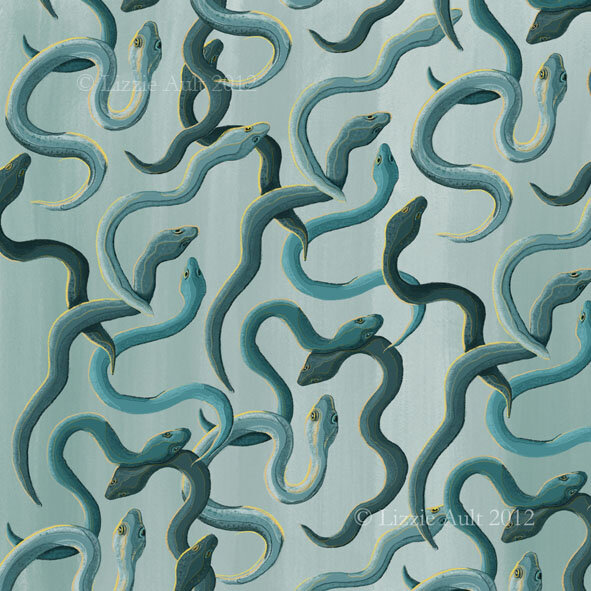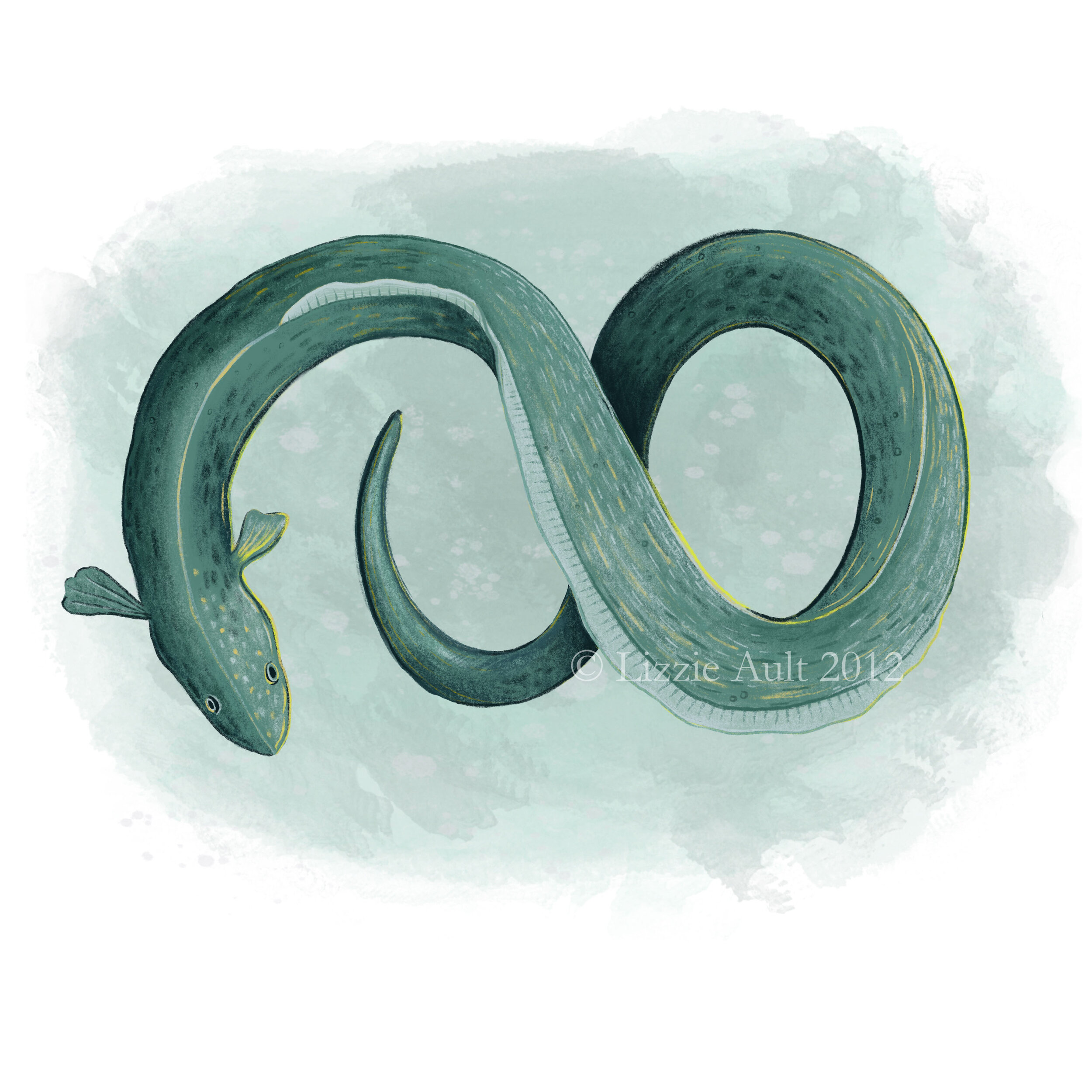Mysterious Travellers
Glass Eels, digital illustration by Lizzie Ault
“In the pond that lay by the Alder trees lived a long, strange creature, greenish brown in colour, with a sharp snout and large eyes. It was a big Eel, wise and much travelled”
“The Wonderful Traveller” by Enid Blyton
I live on the “Isle of Eels”. Ely is a translation of the Anglo Saxon word Eilig. It was once an island surrounded by marshland which was full of Eels, amongst many other things. We have our own Eel trail, a historical walk around the city marked with circular, brass plates set into the pavement at important, historical sites. I was confused to see that some of the plaques, the larger ones, had a recognisable, snake-like image of an eel on them and the other, smaller ones had a leaf shaped creature that I didn’t recognise.





It wasn’t until I was reading “The wonderful traveller” in Enid Blyton’s “Nature Stories” to my son that I realised that these leaf-shaped creatures were the Eel larvae. I wasn’t alone in this confusion. Eels have long been a mystery. Aristotle believed that Eels were born from the mud. It wasn’t until around a century ago that the Eel’s true life cycle was discovered and even now aspects of their reproduction still baffle the scientific community.
Eels spawn, rather romantically I think, in the Sargasso Sea, an expanse of ocean in the Atlantic bordered by currents, rather than land. They transform three times in their extraordinary lives, firstly from these flat, leaf-like creatures, into Glass Eels, transparent and no larger than your finger. The Glass Eels journey from the ocean into freshwater and it is in the freshwater that they transform into yellow eels. These look more like the creature you would expect, large strong and solid, green in colour with a whitish belly and yellow sides. They live anywhere with enough water, even journeying across damp ditches and fields on wetter days. They live for around 15-30 years. During this time they do not breed, nor do they have reproductive organs. It is not until their final journey that their fourth metamorphosis takes place. Their fins grow larger and more powerful. Their backs turn black, their sides silver and flanked with stripes and their eyes grow larger and blue. Reproductive organs now develop and the digestive system actually shuts down and the stomach even dissolves! In this form they will make the long journey to spawn and die in the Sargasso sea where they were born.
Sadly Eels are now on the critically endangered list. This is partly due to loss of habitat and the disruption of waterways that the Eels use to journey back to their spawning grounds but also due to large scale farming of Eels for human consumption. Biologist have been unable to replicate the conditions that allow European Eels to breed. Instead the Glass Eels are captured and grow to maturity in farms.
I haven’t found any local folklore about Eels really. There is a wonderful story in “Cambridgeshire Folk Tales for Children” by Chip Colquhoun called “The Eel Catcher’s Daughter” but it’s not expressly about Eels. I think Ely needs an Eel Legend of its own...

